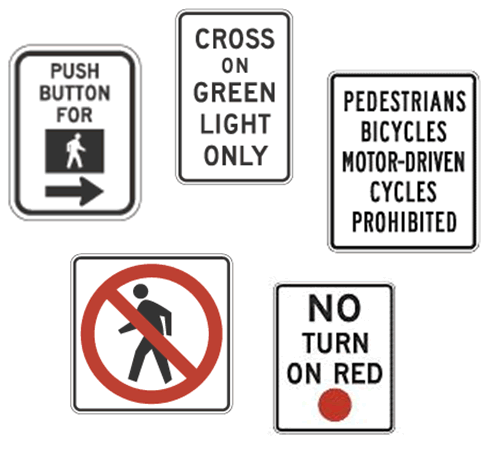Most metro area cities content themselves with ignoring pedestrians. A couple of cities have taken the unusual step of at least paying lip service to the idea that bipedal transportation should be safe, convenient, and comfortable. Bloomington, on the other hand, is trying to make a name for itself by actively discouraging pedestrians from using its streets. First came the insulting freewayfication project they channeled Orwell to call a Complete Street. Next was a similar ban on pedestrians from another nearby street, which they had the gall to use Transportation Enhancements money to fund.
Bloomington’s latest plan for ensuring that their sustainable urban center is a hellscape for pedestrians means that anyone who wants to walk north of the American Blvd LRT station instead will have to run a gauntlet of screaming murderous vehicles inside the bizarre labyrinthine engineer wetdreamscape known as the Diverging Diamond Interchange, or DDI. Actually, this is a joint effort with the Metropolitan Airports Commission, or MAC, an unelected, politically-insulated, dubiously necessary governmental unit with a history of tasering non-motorized roadway users.
Smarter humans than I have expressed polite opposition to the concept of the DDI, but personally I can see the appeal, especially at interchanges with high turning volumes, of allowing traffic to cross to the other side of the road in order to make a conflict-free turn. My issue is not with the DDI concept, it is with the way it has been executed, without exception in the USA, in an entirely and unnecessarily pedestrian-hostile fashion. Further, I have to conclude that this hostility arises from a fundamental misunderstanding of the operation of motor vehicles, which is a bit disconcerting coming from people who design roads for a living.
To illustrate this, let’s look at the DDI that Bloomington & the MAC are proposing for the interchange of I-494 & 34th Ave S from the perspective of, say, a flight attendant for Delta who lives in Bloomington (I think this is not an unreasonable scenario). Let’s say this flight attendant wants to take transit to work, because – well, I guess it’s too far-fetched to suppose his or her children may be learning in school about the devastating environmental effects of mass motorization, so let’s just say that the family only has two cars and he or she doesn’t want to leave one at the airport while on a flight. He or she needs to report to work at the low-slung Delta office building near the corner of Airline Dr & 34th Ave, so after transferring from a BE line bus at the Mall, the flight attendant would take the Hiawatha LRT to the nearest station, American Blvd.
After backtracking to the signal to cross to the sidewalk, our brave flight attendant will proceed for about the length of a city block northward towards his or her destination until being detoured eastward around a ramp on one of the standard curlicues encountered by pedestrians in the suburbs, the reasoning apparently being that anyone stupid enough to walk out here can’t be in a hurry anyway. But here there are four of them in rapid succession, and in at least two of them the motor traffic is coming from behind the pedestrian, so they have to turn almost completely around to determine whether they’re about to be pulverized for the sin of being present.
And thanks to those brilliant engineers, that motor traffic is moving fast. These ramps are curved so gently that motorists barely need to slow down if they’re going the posted 35 mph, although if they’re doing the typical 10mph over the limit they may need to apply the brake slightly. This is where traffic engineers betray their fundamental misunderstanding of the nature of motorized traffic. When you surround yourself with a ton of plastic and steel and hurtle down the road at 40mph, the only direction that is visible to you is straight ahead. What optometrists refer to as your peripheral vision is barely there. Therefore the only way to make a safe turn when you’re driving is to SLOW DOWN (or stop). Yet engineers design facilities like this that allow motorists to make turns AS FAST AS POSSIBLE. See the disconnect? DDIs may substantially reduce the number of conflict points, but when they’re designed like this, man, what conflict points.
I can’t read the engineering chickenscratch well enough to tell if they plan to signalize these ramps, which might make crossing a bit safer but would also require the pedestrian to endanger their health by pressing a germ-ridden beg button and/or waste several minutes waiting for the right phase 2-4 times. That is not an acceptable solution. The only acceptable solution here is to square the corners. What if the traffic engineering profession used their power to train motorists to drive well – i.e. slowing down to turn – instead of drive poorly? If so, new worlds would be opened to the pedestrian. Maybe it would even be safe to walk in Bloomington.



